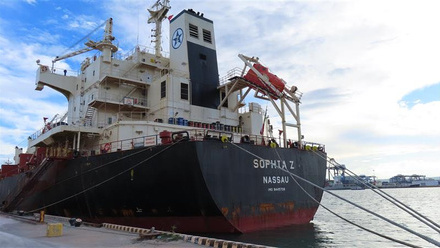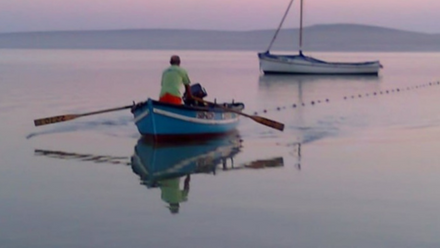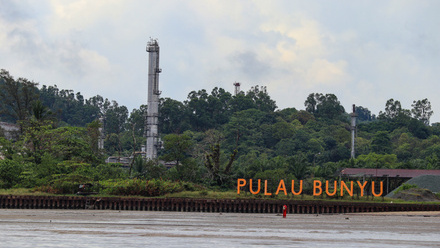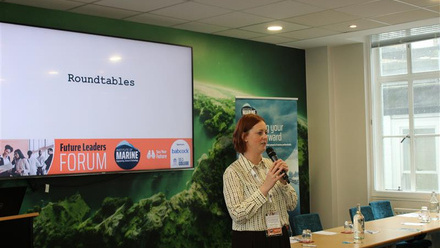Fatigue in the maritime industry: An issue worth losing sleep over
A decade on from the grounding of the MV Danio on the Farne Islands off the coast of the UK, and seafarer fatigue remains an issue.
An investigation into the grounding of the MV Danio by the Marine Accident Investigation Branch (MAIB) established this incident occurred because the lone watchkeeper had fallen asleep and was likely suffering from fatigue because of a ‘six-on/six-off’ watch pattern, which was frequently disrupted due to port calls, combined with a high workload.
Despite this grounding taking place ten years ago, however, repeat incidents would not surprise those working in the industry today. There are alarming figures posted by the ITF Seafarers organisation, estimating that 25% of marine casualties are caused by fatigue.
“Maritime groundings and collisions at sea continue to highlight the issue of fatigue,” says Dr Michelle Grech, Manager Vessel Operations at the Australian Maritime Safety Authority (AMSA) and a leading researcher on fatigue in the maritime industry. “This is still an ongoing issue with more recent marine accident investigation reports continuing to point to limited or lack of effective fatigue risk management approaches at sea.”
The unique features of seafaring life can create cumulative levels of fatigue. Shift schedules, staffing numbers, external factors such as poor weather or port calls that interrupt sleep, and the pressure of spending extended periods at sea away from home all contribute.
Even one night of insufficient sleep can result in a decline in cognitive performance, leading to lapses in attention and slower reactions.
Shift work is a key challenge. “Some watch schedules are worse than others,” says Dr Grech. “For example, the six on/six off two-watch schedule has been shown to lead to cognitive impairment more quickly than the four on/eight off three-watch schedule.”
Sarah Booth, Senior Manager of Fatigue Risk Management at Baines Simmons, agrees. “The majority of people need between seven to 9 hours sleep in a 24h period to be at their best – which obviously cannot be obtained in one of the ‘six-off’ periods,” she says. “Other activities, such as completing paperwork, contacting families and eating, are also commonly undertaken during the six hours off, further reducing the time available to sleep.”
Improving the situation
A combination of proper rest periods and a well-structured task schedule is critical to keeping crew alert, especially when tasks require a high level of focus, meticulous attention to detail, or rapid response times.
Booth advises scheduling such tasks when individuals are naturally more alert, such as during the day after a good night’s sleep, while tasks that are monotonous and time-consuming should be shared between workers or planned for when an individual will be most alert.
When this isn’t possible and an individual is at higher risk of fatigue, then it’s important to plan the tasks to be completed by more than one individual (no lone watch-keeping, for example) to increase the interactivity between people, and allow for cross-checking of tasks to reduce the impact of any errors made.
This ‘buddying up’ is important because fatigue impacts our ability to recognise our performance is impaired. “Individuals suffering from chronic fatigue are the worst judges of how well they are performing,” says Dr Grech, noting that wearable tech can give metrics on actual levels of crew fatigue but is no silver bullet. After all, data is only useful if it is acted upon.
This is why experts contest it is so important to have a fatigue management plan, which ensures that fatiguing tasks are followed by sufficient rest. “This is one of the core elements of effectively managing fatigue,” says Booth. “And making sure that if an individual is fatigued, their reduced performance can be managed.”
This is where another high-pressure industry, aviation, can help point the way forward.
“[In aviation] work patterns are designed to match the most alert controllers with the busiest times of day, with a fresh shift coming on in the morning before the busy first peak in air traffic,” Booth explains. “Where workload is low, combining jobs can allow fatigued controllers to take extra rest if they need it, whilst not overloading their colleagues.”
Perhaps most important, however, is a clear safety culture that recognises the critical importance of fatigue and creates an environment where workers are encouraged to speak up and ask for help.
Top image: The picturesque Farne Islands; Image credit: Shutterstock






